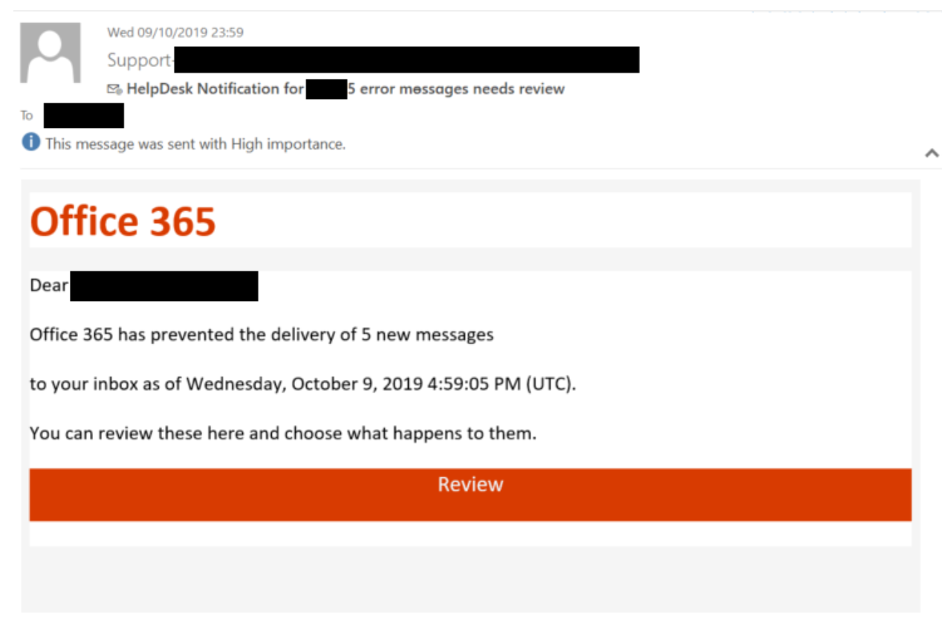Market Volatility: Professional Selling And Individual Buying Trends

Table of Contents
Professional Selling Strategies During Market Volatility
Facing market volatility, businesses must adapt their sales approaches to maintain profitability and customer loyalty. Effective strategies are crucial for weathering the storm and emerging stronger.
Adapting Sales Strategies
Economic uncertainty necessitates flexible sales strategies. Companies are finding success by:
- Focusing on value-added services: Instead of solely competing on price, businesses emphasize the unique value and benefits their products or services offer. This strengthens customer relationships and justifies higher prices.
- Emphasizing long-term relationships: Building trust and rapport with clients becomes paramount during periods of market volatility. Long-term partnerships offer stability and resilience against short-term fluctuations.
- Offering flexible payment options: Providing options like installment plans or extended payment terms can make purchases more accessible to customers facing financial constraints. This can significantly impact sales during an economic downturn.
- Increasing marketing efforts targeting specific demographics: Data-driven marketing campaigns focusing on less price-sensitive segments or those with a demonstrated need for the product/service can yield better results than broad, generic campaigns. This targeted approach mitigates the impact of reduced overall demand.
Risk Management in Sales
Robust risk management is crucial for navigating market volatility. Businesses should implement:
- Diversifying sales channels: Relying on a single sales channel exposes businesses to significant risk. Diversification into online sales, direct-to-consumer models, or new geographic markets spreads risk and ensures business continuity.
- Improving cash flow management: Maintaining strong cash reserves and optimizing accounts receivable are vital. Stricter credit policies and efficient collection processes minimize financial vulnerability during economic uncertainty.
- Strengthening customer relationships: Prioritizing customer retention becomes more important than ever. Strong relationships can help businesses weather economic downturns, as loyal customers are more likely to remain despite price increases or reduced service offerings.
- Utilizing sales forecasting tools: Sophisticated forecasting models can help businesses anticipate market shifts and adjust their sales strategies proactively. Accurate forecasting minimizes the impact of unexpected changes and allows for better resource allocation.
The Role of Data Analytics
Data analytics provides invaluable insights for navigating market volatility. Effective strategies include:
- Analyzing market trends: Tracking key indicators such as consumer spending, unemployment rates, and competitor activity offers early warning signs of potential market shifts. This allows businesses to react swiftly and adapt their strategies accordingly.
- Predicting customer behavior: Understanding how consumer behavior changes during periods of market volatility allows businesses to adjust their offerings and marketing messages to resonate with customers' evolving needs and priorities.
- Optimizing pricing: Data analytics helps determine the optimal pricing strategy during economic uncertainty. This could involve strategic price adjustments, targeted discounts, or the introduction of value bundles to maintain profitability while remaining competitive.
Individual Buying Trends During Market Volatility
Market volatility significantly impacts individual consumer behavior, leading to shifts in spending habits and investment strategies.
Shifting Consumer Behavior
Individuals often adjust their spending in response to economic uncertainty:
- Increased price sensitivity: Consumers become more discerning about their purchases, meticulously comparing prices and seeking value for money.
- Delayed purchases: Non-essential purchases are often postponed until economic conditions improve, resulting in decreased demand for discretionary goods.
- Greater focus on essential goods: Spending prioritizes essential items like groceries, utilities, and healthcare, while purchases of luxury or non-essential items are reduced.
- Increased savings: Many individuals increase their savings rate to create a financial buffer against potential job losses or economic hardship.
Impact on Investment Decisions
Market volatility directly affects individual investment strategies:
- Shifting to safer investments: Investors may move funds from riskier assets like stocks into safer options like bonds or cash, seeking capital preservation over potential gains.
- Increased risk aversion: Uncertainty leads to a higher risk aversion among investors, making them less inclined to take on risk in their investment portfolios.
- Adjusting investment portfolios: Many investors rebalance their portfolios to better align with their risk tolerance and revised investment goals in response to market fluctuations.
The Rise of Value-Conscious Consumption
Economic uncertainty fuels a shift toward value-conscious consumption:
- Comparing prices: Consumers actively search for the best deals and compare prices across multiple retailers before making a purchase.
- Seeking discounts: Consumers are more receptive to discounts, promotions, and coupons, aiming to maximize their purchasing power.
- Buying used goods: The demand for used or secondhand goods increases as consumers seek more affordable alternatives to new products.
- Opting for cheaper alternatives: Consumers may substitute premium brands with cheaper alternatives to reduce their overall spending.
Conclusion
In conclusion, market volatility significantly impacts both professional selling strategies and individual buying trends. Businesses must adapt their sales approaches, focusing on risk management and data-driven decision-making to navigate uncertainty. Simultaneously, individuals respond by adjusting their spending habits, prioritizing essential goods, and adopting more value-conscious consumption patterns. Understanding this interconnectedness is crucial for both businesses and consumers to thrive in volatile economic climates. Understanding the intricacies of market volatility is crucial for both businesses and individuals. Stay informed and adapt your strategies accordingly to thrive in uncertain economic times. Learn more about effective strategies for navigating economic instability through further research and resources focusing on financial planning and risk management.

Featured Posts
-
 Us Stock Market Rally Driven By Tech Giants Tesla In The Lead
Apr 28, 2025
Us Stock Market Rally Driven By Tech Giants Tesla In The Lead
Apr 28, 2025 -
 Cybercriminal Nets Millions From Executive Office365 Account Breaches
Apr 28, 2025
Cybercriminal Nets Millions From Executive Office365 Account Breaches
Apr 28, 2025 -
 Analysis Red Sox Lineup Changes Following Outfielders Return And Casas Demotion
Apr 28, 2025
Analysis Red Sox Lineup Changes Following Outfielders Return And Casas Demotion
Apr 28, 2025 -
 Bmw And Porsches China Challenges A Growing Trend In The Automotive Industry
Apr 28, 2025
Bmw And Porsches China Challenges A Growing Trend In The Automotive Industry
Apr 28, 2025 -
 Anchor Brewing Companys Closure Whats Next For The Iconic Brewery
Apr 28, 2025
Anchor Brewing Companys Closure Whats Next For The Iconic Brewery
Apr 28, 2025
Latest Posts
-
 Nba Analyst Jj Redick On Espns New Hire Richard Jefferson
Apr 28, 2025
Nba Analyst Jj Redick On Espns New Hire Richard Jefferson
Apr 28, 2025 -
 Analysis Jj Redicks Comments On Richard Jefferson Joining Espn
Apr 28, 2025
Analysis Jj Redicks Comments On Richard Jefferson Joining Espn
Apr 28, 2025 -
 Jj Redick Supports Espns Choice Of Richard Jefferson
Apr 28, 2025
Jj Redick Supports Espns Choice Of Richard Jefferson
Apr 28, 2025 -
 Redick Praises Espn For Hiring Richard Jefferson
Apr 28, 2025
Redick Praises Espn For Hiring Richard Jefferson
Apr 28, 2025 -
 Jj Redicks Reaction To Espns Richard Jefferson Decision
Apr 28, 2025
Jj Redicks Reaction To Espns Richard Jefferson Decision
Apr 28, 2025
